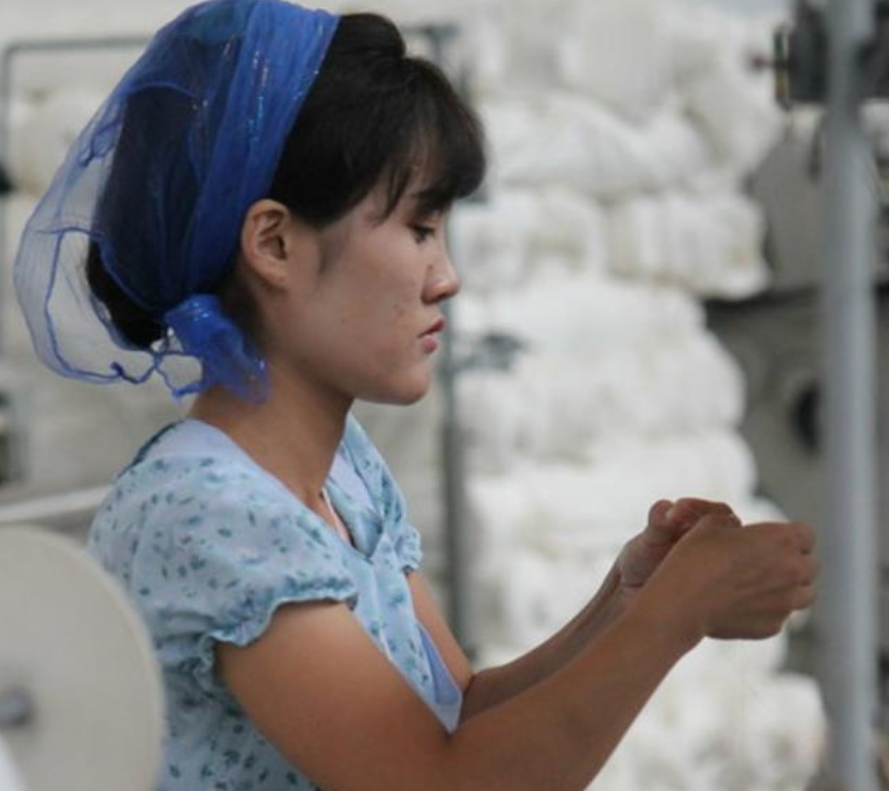Visiting North Korean knitting Factory: Female Workers Are Basically, Propaganda Posters Are Everywh
There is an interesting phenomenon on the streets of Pyongyang. After the rush hour during workdays, almost no dense crowd can be seen. Why is this? The North Korean tour guide said that everyone is working hard in the unit and there is no leisure time for shopping. What is the production situation of North Korean workers in the unit? Here are some images of local knitting Factory, you can find out.
A knitting machine with textiles to be processed underneath. Due to the high degree of mechanization, there is only one worker who looks after the machine. Located in a corner, the lights were slightly dim.
Historically, the knitting industry has been a long-standing industry. Among the existing industrial sectors in North Korea, the textile industry also plays a pivotal role. In the 1970s, North Korea's knitting Factory industry developed rapidly with an annual output of 400 million meters. Later, a large number of advanced textile machinery were successively introduced, and the production scale was expanded.

At present, there are hundreds of North Korean sweater manufacturers production companies, mainly located in Pyeongyang-do and Pyongyang-do. When you walk into this textile factory, you will be greeted by spacious and spacious factories and modern equipment. Although it is not as hard as the white-collar workers in the office, the workers here are very motivated and not exhausted at all.
Interestingly, in the North Korean textile industry, there are basically female employees. Male textile workers are rarely seen in these textile mills. This situation varies from local to local. The Pyongyang subway system is also dominated by female employees. In order to encourage motivation, there are also many posters in theknit factory workshop.
Most of these posters are in the form of slogans, and are also common in industries such as coal and steel. Every day when I come to the unit, workers will study and discuss before formal work. Loyal to his duties, basically no violation of regulations and discipline. As for wages, what are the local standards of these women workers?
In North Korea's existing industrial sector, knitwear manufacturers workers' wages are roughly the same. Except for coal mine workers' salaries of 30,000 to 40,000 yuan, average workers are about 4,000 to 5,000. Free education, many large units will have their own kindergarten, sent to school in the morning to pick up home, it is very convenient. Prices are low and there are a lot of unit benefits. The North Korean workers' happiness index is still good.
